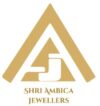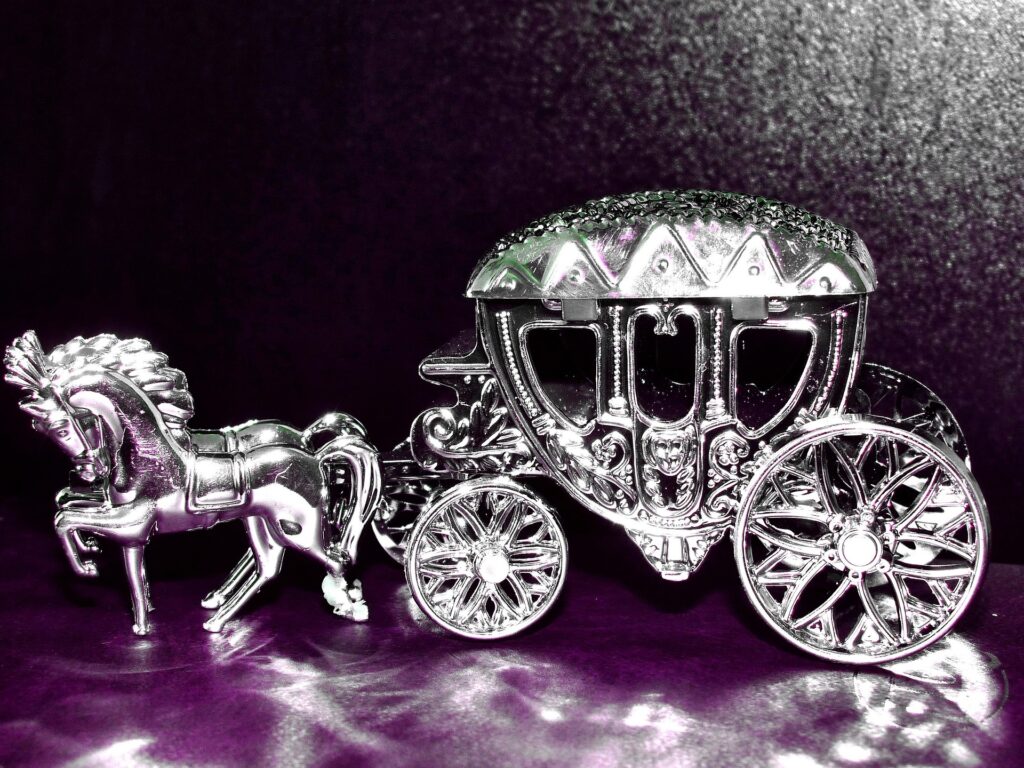Introduction
Pure Silver has always played a vital role in the cultural and economic lives of people, particularly in countries like India. Be it for religious ceremonies, home decor, investment purposes, or personal adornment, silver continues to be a favored precious metal. However, the increasing demand for silver has led to a rise in counterfeit or low-purity products, often marketed deceptively as pure silver.
For buyers, especially first-time purchasers, navigating the nuances of silver grades, purity stamps, and craftsmanship can be overwhelming. This blog aims to provide a thorough understanding of how to identify pure silver, appreciate its craftsmanship, and make confident, informed purchases that offer both aesthetic and long-term value.
1. Understanding the Types of Silver (Detailed Overview)
Knowing the different types of silver used in products is the first step toward identifying genuine pieces:
a) Fine Silver (99.9% purity)
- Also referred to as pure silver or .999 silver.
- Extremely soft, making it less suitable for jewelry but ideal for coins, bars, and investment-grade bullion.
- Usually marked with “999” or “999 FS”.
- It tarnishes less than lower-purity silver but is more prone to bending or scratches due to its softness.
b) Sterling Silver (92.5% purity)
- The most common form of silver used in jewelry and household items.
- Contains 7.5% of other metals (usually copper) to enhance durability.
- Marked with “925”, “Sterling”, or sometimes “SS”.
- Offers a perfect balance between durability and high silver content.
c) Coin Silver (Typically 90% purity)
- Used historically in coinage, particularly in the U.S.
- Contains 10% copper.
- Rare in today’s market except in antique collections.
d) Britannia Silver (95.8% purity)
- Higher purity than sterling.
- Used primarily in the UK for fine silverware.
- Marked with “958”.
e) German Silver or Nickel Silver (0% silver)
- A misleading term: this is not silver but an alloy of nickel, copper, and zinc.
- Frequently used in decorative items and costume jewelry.
- It may resemble real silver but holds no intrinsic precious metal value.
2. Hallmarking: Your Most Reliable Indicator
Hallmarking is the certification of the metal’s purity by a recognized authority. Always look for hallmark stamps before purchasing any silver item.
a) What Is a Hallmark?
- A hallmark typically includes:
- The metal purity (e.g., 925, 999).
- The logo or initials of the assay office.
- Year of hallmarking.
- Jeweler or manufacturer’s identification mark.
b) Hallmarking in India: The BIS Standard
- The Bureau of Indian Standards (BIS) is the only government-recognized hallmarking agency in India.
- Since 2021, hallmarking of silver has become more strictly regulated.
- BIS hallmark for silver includes:
- BIS logo.
- Purity grade (999, 970, 925, 900, 835, or 800).
- Year code (alphabetic).
- Jeweler’s or manufacturer’s registration number.
c) International Hallmark Systems
- United Kingdom: Hallmarked by the Assay Office with a lion passant symbol for sterling silver.
- United States: Common marks include “925” or “Sterling”.
- Europe: Varies by country; numeric stamps like 800, 835, or 925 are common.
Hallmarking offers the strongest assurance of silver’s authenticity and value, and buyers should always prioritize hallmark-certified items.
3. Physical Tests You Can Perform at Home
Several home tests can provide a good indication of whether a silver item is genuine:
a) Magnet Test
- Silver is non-magnetic.
- Use a strong magnet; if the item is attracted, it likely contains nickel or another magnetic metal.
b) Ice Cube Test
- Silver has the highest thermal conductivity among metals.
- Place an ice cube on the silver surface. It should melt rapidly.
c) Sound or Ring Test
- Tap the silver gently with a metal object.
- Pure silver produces a long, high-pitched bell-like ring.
d) Rub Test
- Rub the item with a soft white cloth.
- If it leaves black marks, it is likely pure silver due to oxidation.
e) Smell Test
- Silver is odorless.
- Any metallic or chemical odor could suggest the presence of other metals.
f) Acid Test (with caution)
- A chemical acid test can verify purity but may damage the item.
- Best performed by professionals or with test kits designed for silver.
4. Evaluating Craftsmanship and Detailing
In addition to purity, the value of a silver item also lies in its artistry and craftsmanship.
a) Detailing
- Intricate engraving or embossing should be clear, balanced, and consistent.
- Uneven lines or rough patches may indicate poor workmanship or counterfeit products.
b) Finish
- A well-finished silver piece should be smooth and polished with no visible soldering lines or cracks.
- Look for symmetry in design and uniformity in weight distribution.
c) Artisan Marks
- Many handcrafted items carry the signature or unique stamp of the silversmith.
- This not only adds to authenticity but also enhances collectible value.
d) Regional Styles
- India is home to diverse silver art styles:
- Kutch work (Gujarat): Detailed engravings and floral motifs.
- Tarakasi (Odisha): Wirework and filigree techniques.
- Jaipur silver: Embellishments with gemstones and Meenakari.
Understanding these traditional techniques helps buyers appreciate the item beyond its weight.
5. Common Misconceptions Debunked
Understanding the truth behind common silver myths can help avoid misleading purchases.
a) Myth: Tarnishing = Fake Silver
- Reality: Real silver tarnishes over time due to exposure to air and sulfur.
- It can be cleaned with proper polishing cloths or silver cleaners.
b) Myth: Heavier Items Are Always More Valuable
- Reality: Weight alone is not a guarantee of purity.
- Some alloys (like German silver) may weigh more than sterling but are less valuable.
c) Myth: Bright Shine Equals Real Silver
- Reality: Silver-plated or nickel-coated items may appear shinier.
- Real silver has a more muted, soft luster.
d) Myth: All Silver Jewelry Is Sterling
- Reality: Many jewelry items are plated or mixed alloys. Only those marked “925” are genuine sterling.
e) Myth: German Silver Contains Real Silver
- Reality: German silver contains no silver at all.
6. Smart Tips for Confident Silver Purchases
Armed with knowledge, follow these practical steps when buying silver:
a) Buy from Reputable Sellers
- Established retailers are more likely to sell hallmarked silver.
- Avoid roadside vendors unless you’re confident in assessing purity.
b) Insist on Hallmarked Products
- Always ask for a certificate of authenticity.
- Verify the hallmark stamps physically.
c) Understand the Pricing Structure
- Silver is priced per gram and fluctuates daily.
- Check the current market rate before purchase.
- Be wary of deep discounts—they could indicate low purity.
d) Request Proper Invoicing
- An invoice should clearly state:
- Weight.
- Purity.
- Rate per gram.
- Taxes applied.
- This document is crucial for resale or insurance claims.
e) Consider Use and Design
- For daily wear or utility items, opt for sterling silver.
- For decorative or investment pieces, fine silver may be ideal.
- Ensure the design aligns with the intended purpose (gift, ritual, collection).
Conclusion
Silver is more than just a precious metal—it is a symbol of heritage, purity, and craftsmanship. But to fully appreciate its value, one must look beyond its shine. Understanding silver’s different types, knowing how to test authenticity, recognizing hallmarking standards, and appreciating workmanship are essential skills for any buyer.
With counterfeit products on the rise, an informed purchase decision ensures not just value for money but also the emotional and cultural significance that silver holds. Whether you’re buying a silver coin for investment, jewelry for a loved one, or a pooja thali for your home, let your choice reflect authenticity, tradition, and timeless elegance.
Make every silver purchase a confident and meaningful one—because true silver doesn’t just shine, it tells a story.

